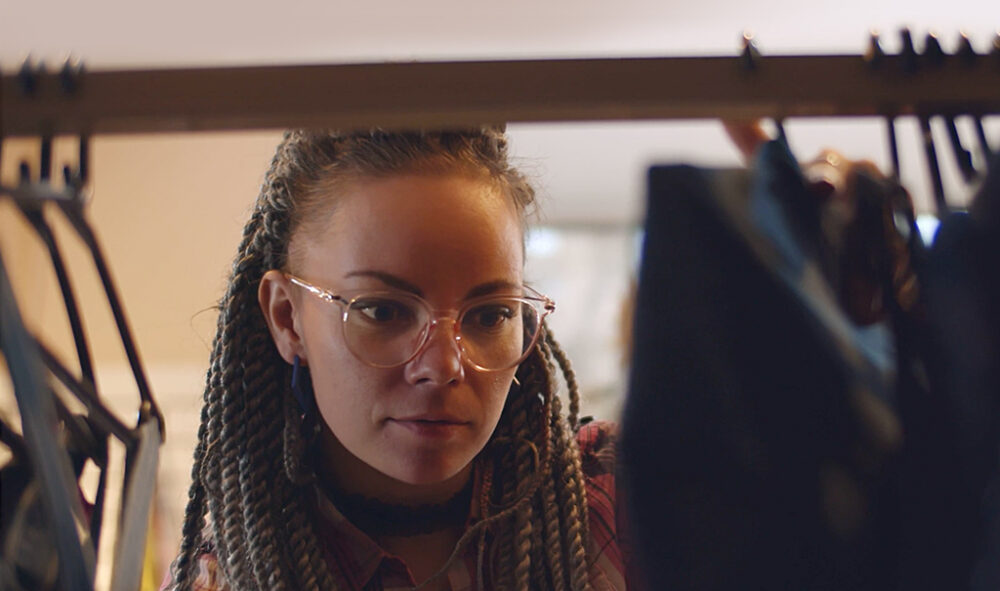

Kids and makeshift home offices are distracting Americans, but despite reporting a better work-life balance during COVID-19, most Americans look forward to returning to the workplace.
Americans believe they will be working from home for at least another five months, but most (72%) are either happy or open to returning to the office.
The majority of Americans have been working from home for the better part of 2020, and that will continue into 2021.
A new report from the Centers for Disease Control and Prevention (CDC) advises people to work from home because they are twice as likely to contract COVID-19 from the workplace than from home. New data from Savanta dives into how this is affecting Americans.
The majority of the workforce is adhering to these CDC guidelines. Savanta data shows that 57% of the American working population is currently working from home, with the majority (47%) working from a dedicated home office. The rest are managing their workday from bedrooms (23%), living rooms (17%), and dining rooms (9%).
Working from home during COVID-19 has pros and cons
Working from home has always had its pros and cons, and COVID-19 is amplifying them. The encouraging news is that Americans report that working from home positively affects their work-life balance (57%) and their quality of work (55%). 56% are taking dedicated breaks during work hours to escape the monotony. 66% of Americans continue to dress casually for their workdays, and more than half (58%) can mentally disconnect from work at the end of each day.
The not so good news is that almost half (49%) of Americans feel that they get reduced supervision and direction. 41% are facing challenges in communication and coordination with their colleagues. With mounting distractions, 39% of people find it hard to manage their schedule.
It’s no surprise that working from home is taking its toll on mental and physical health. 50% of Americans feel that working from home hinders their mental health, and 52% think it’s bad for their physical health. All this time at home is also leaving more than half (57%) of Americans feeling socially isolated. With school closures throughout the nation, (53%) are finding it challenging to manage their kids and work expectations. With kids running in and out of home office spaces, Savanta data reports that 49% of those surveyed think that the line between professional life and personal life is becoming increasingly blurred.
So many meetings
Savanta reports that Americans are spending an average of two hours per day on work meetings. Most (30%) spend 1-2 hours on virtual meetings, but others (15%) spend more than 4 hours of the day managing workplace meetings. An upside to all these meetings has been seeing the creative backgrounds people have set up. While most (56%) prefer using video calls with a regular home background setting, 22% choose a virtual location such as a city skyline or a famous movie set.
Heading back to the office when the worst passes
Savanta reports that Americans believe they will be working from home for at least another five months, but most (72%) are either happy or open to returning to the office. They don’t seem overly concerned about how COVID-19 will affect that return as they trust that employees won’t bring them back until it is safe. The most considerable concern is sanitation. 26% want to make sure their workplace is sanitized and safe before they go back. Some small concerns people report are managing physical distancing (13%) and gathering in large spaces (10%.) Overall, Americans feel that returning to the office is inevitable, and they look forward to it.
For more information, please contact [email protected] or [email protected]








